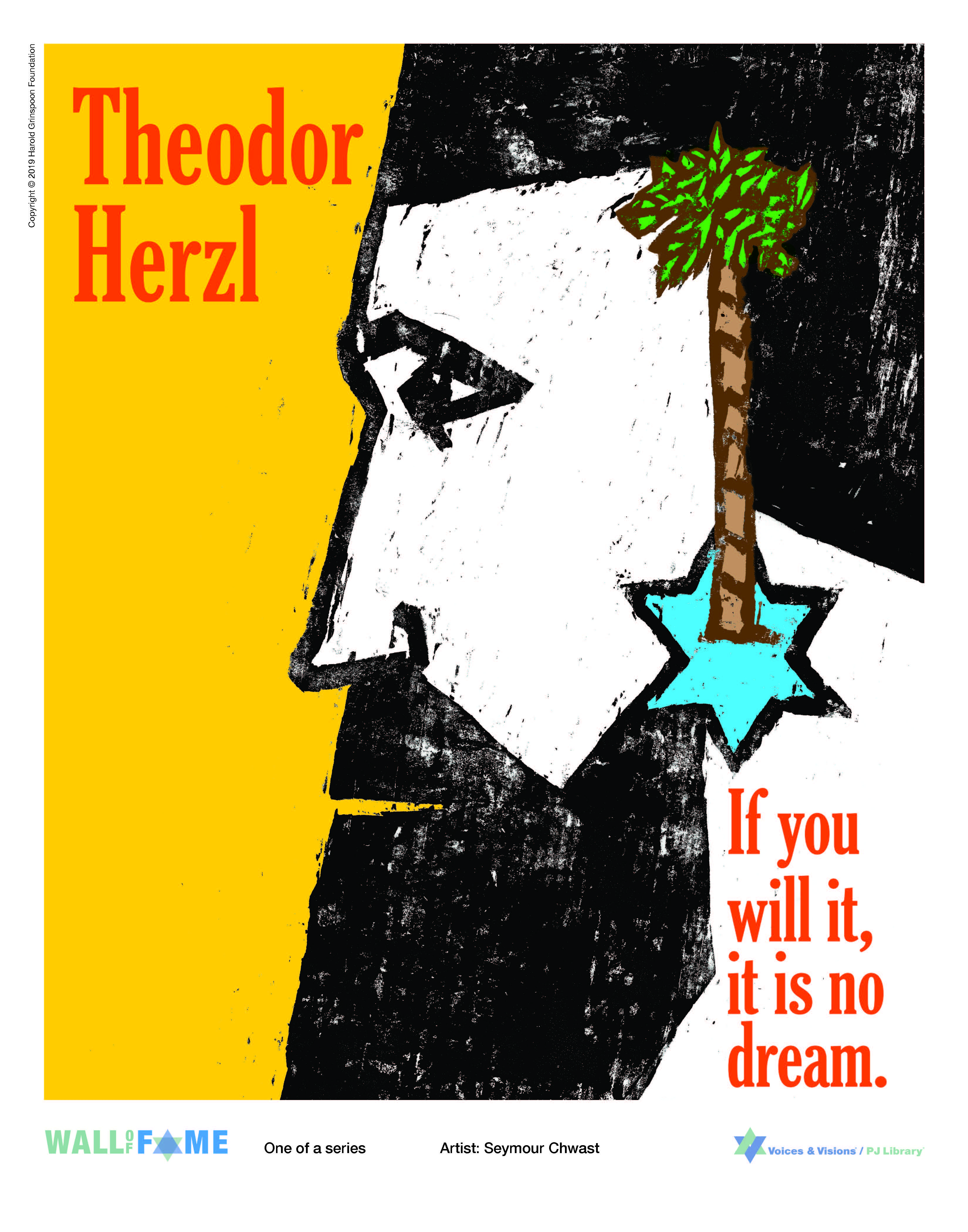Seymour Chwast was born in New York City in 1931. A graduate of Cooper Union, where he studied illustration and graphic design, he is a founding partner of the celebrated Push Pin Studios, now known as The Pushpin Group. Pushpin’s distinct style has influenced contemporary visual communications worldwide. Today, Chwast is the director.
Chwast’s clients have included leading corporations, advertising agencies and publishing companies in the United States and abroad. His designs and illustrations have been used for advertising, animated films, corporate and environmental graphics, publications, posters, packaging and record covers. He created background images for the production of Candide at Lincoln Center in New York and for the Opera Company of Philadelphia’s production of The Magic Flute. He has designed and illustrated over 30 children’s books and developed several typefaces. He published The Push Pin Graphic, a magazine with subscribers all over the world. A book titled The Push Pin Graphic was published by Chronicle Books. With Steven Heller, Chwast formed Pushpin Editions, which has produced books on the arts and graphic design.
Chwast’s designs and illustrations have been exhibited in major galleries and museums in the United States, Europe, Japan, Brazil and Russia. Chwast and Pushpin were honored at the Louvre in a two-month retrospective titled The Push Pin Style. He has had several one-man shows of his paintings, sculptures and prints in the United States. His posters are in the permanent collections of The Museum of Modern Art, the Cooper-Hewitt, the Library of Congress, the Gutenberg Museum and The Israel Museum, among others.
The American Institute of Graphic Arts awarded him the AIGA Medal for 1985. He has honorary PhDs in fine arts from both Parsons The New School of Design and the Rhode Island School of Design. He is also in the Art Directors Club Hall of Fame. He lives in New York with his wife, the graphic designer and painter Paula Scher.
"No art could convey the intensity of Herzl’s Zionist vision. I knew I had to render a portrait with that singular, iconic beard. I chose to create a woodcut, an updated version of an ancient craft. I took a plank of pine, cut out the area I didn’t want to appear, rolled ink across the surface, and placed a sheet of paper. (Kindergarteners use this same technique to make Hanukkah cards.) The result for me is an image that is refined but expressive and immediate, with a quality enhanced by the texture from the grain. I also chose visual metaphors to extend the portrait – a palm tree to suggest 'place,' a star to suggest 'mission.'"




